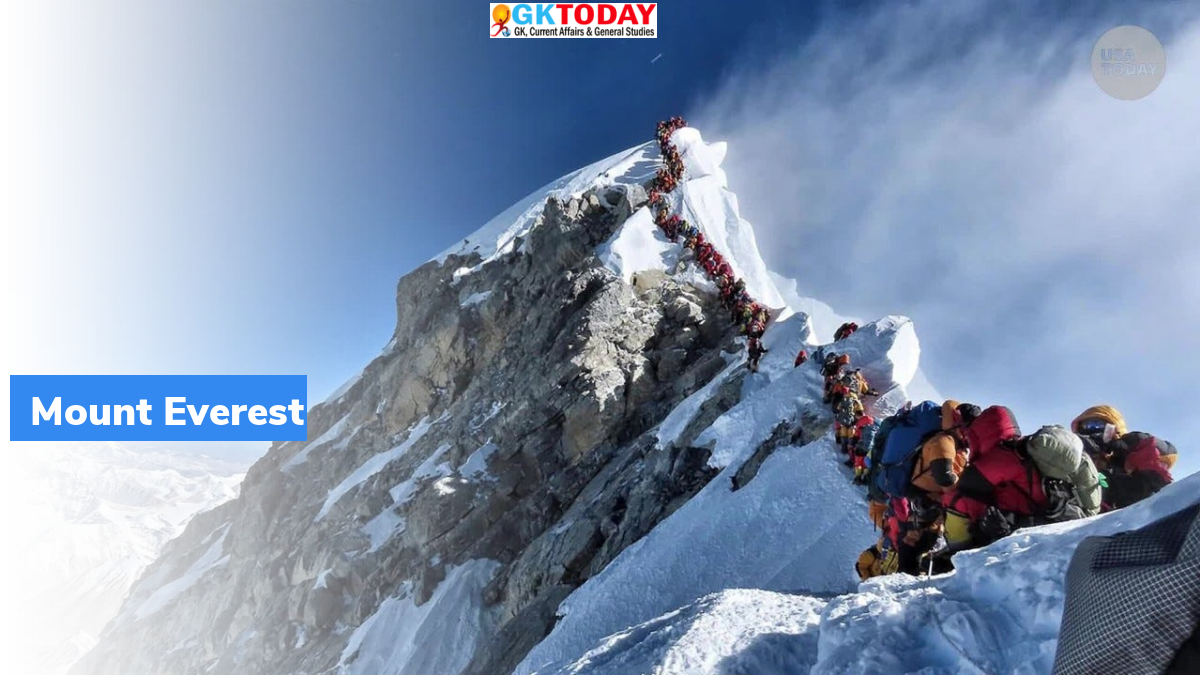Melting on Mount Everest
Recently scientists found that the highest glacier on the world’s highest peak, Mount Everest is melting at a faster rate. It is the South Col glacier and the glacier has lost 54 metres of thickness in the last 25 years.
About the melting
The South Col glacier is located at a height of 7,906 metres. The glacier is thinning rapidly. The major climatic factors that are inducing the glacier melting are strong winds and warming temperatures. Between 1990 and 2020, the ice that took 2000 years to form had melted away. The snow pack on the glacier has been eroded. This has exposed the underlying black ice in some areas. This is accelerating the melting. Black ice is the coating over the surface of the mountain. If black ice melts, the mountain is exposed to the sun. The mountain retains more heat for longer duration as compared to that of ice. This will accelerate the melting further. The region’s climate is intact. There are no changes in the climatic conditions of the region. The melting is due to increase in global temperature. The snow packs in the mountain are all gone. They are now replaced predominantly by ice.
Inference
More than one billion people are dependent on the Himalayan mountains for drinking water. If the glaciers are melting like that of the South col, then their capacity to provide water for irrigation and drinking will fall.
Impact on climbers
The climbers will face more difficulties if the glacier melting increases. More bedrock will be exposed. This bedrock is highly challenging to climb as compared to that of the thick ice covering it.
Way forward
The study shows that the melting of Mount Everest glacier is to bring bad climate impacts in India and other Himalayan countries. It is to have a great effect on the monsoon. The avalanches are to increase. More water sources are to dry up.
Month: Current Affairs - February, 2022
Category: Awards, Honours & Persons in News • Environment Current Affairs • Places in News Current Affairs


